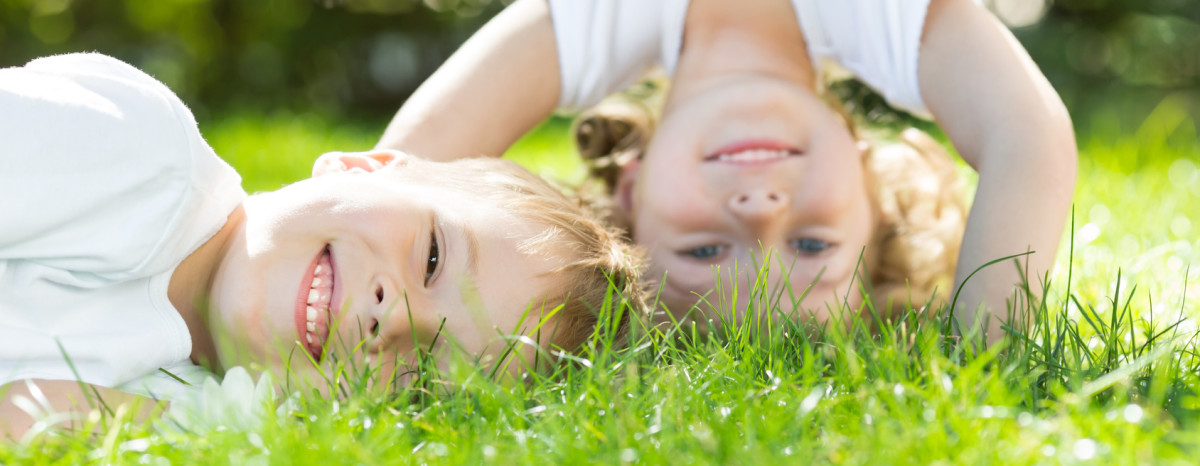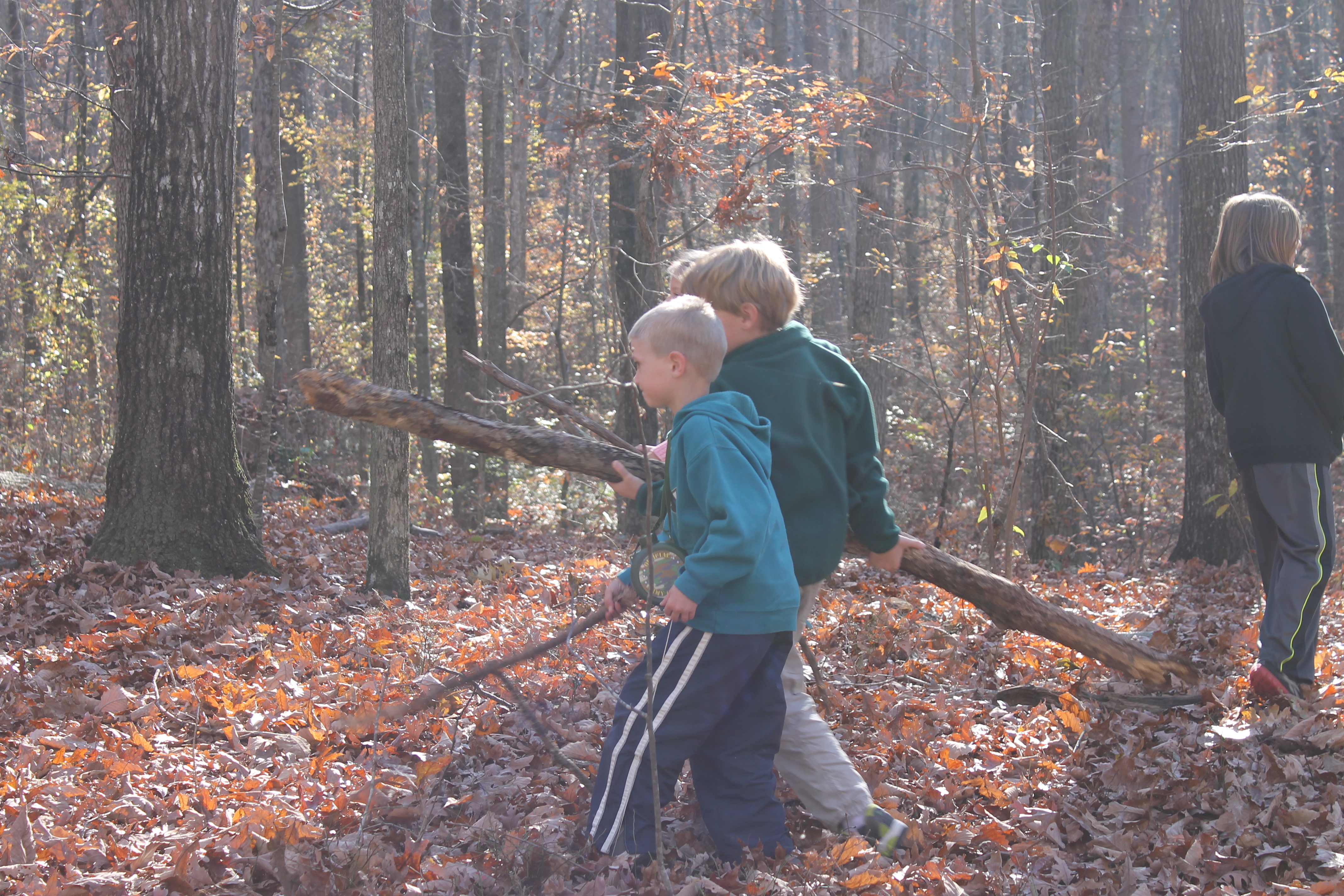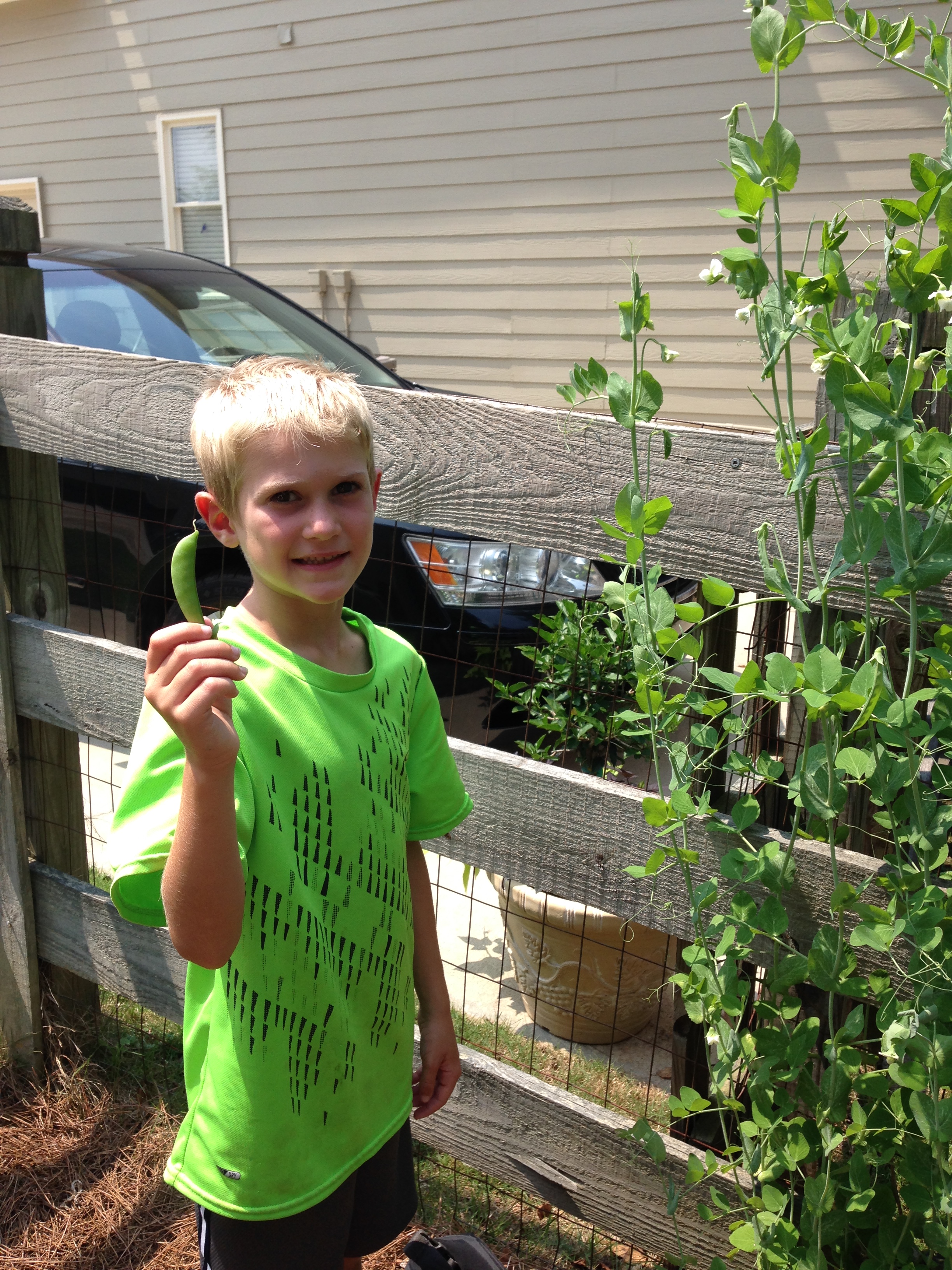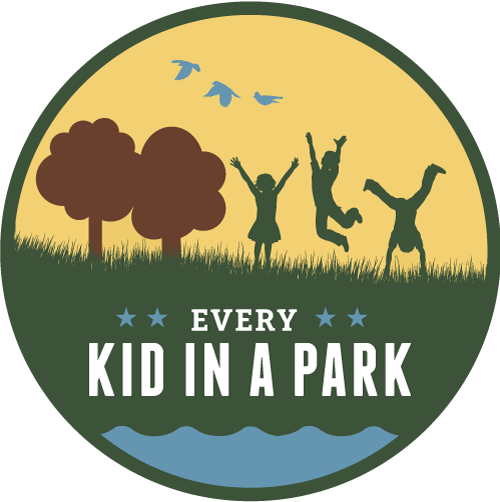It’s hard finding a reliable map of the recreation facilities around Lake Sidney Lanier, which spans Forsyth and Hall Counties north of metro Atlanta. The lake isn’t part of the Georgia State Park system (although the new Don Carter State Park is on its shores in Gainesville) or a National Recreation Area like areas along the Chattahoochee River. Instead, it’s managed by the US Army Corps of Engineers, as are Allatoona Lake, Carters Lake, Westpoint Lake, and Walter F. George Lake.
But once I did track down a wonderful, interactive map on their site, it even included the ability to embed it on my website, so that’s what I’m doing now!
When you explore the map, you’ll see there are opportunities for picnicking, fishing, hiking, swimming (including sandy beaches), and even camping all around Lake Lanier — it’s not just for the boaters! And there are multiple parks all along the shores to make it easy to enjoy it (most do charge a few dollars to park, so stash a little cash in your glove box to be ready for impromptu adventures). And yes, if you’re into geocaching, there are lots of treasures to uncover!
Personally, I love to hike the Laurel Ridge trail, a 4(ish) mile loop with just the right amount of elevation change to feel like an accomplishment, accessible from the Lower Overlook parking area off Buford Dam Road. Just down the road from there, the West Bank Park has nice paved trails and easy spots for fishing (grownups, bring your license). Mary Alice Park in Cumming has a great sandy beach if you want to pretend we’re closer to the ocean. (Note: just to make things a little more confusing, this park is actually managed by the City of Cumming, so if you have an annual pass to the lake it won’t cover parking here.) We have even rented a campsite at Shady Grove on July 4th to try and take advantage of the fireworks at Lake Lanier Islands, but a thunderstorm meant we wound up sweating in our car with the windows rolled up anyway.
Whenever I go with friends to Lake Lanier, which is all of 10 minutes from my home, we always ask each other why we don’t take better advantage of this beautiful (and enormous) resource right in our backyard. Hopefully knowing how to access this spot for year-round fun will help you avoid making the same mistake we do.




